Skycademy – Balloons Everywhere!
It’s been a while since we blogged about Skycademy, the High Altitude Ballooning (HAB) CPD event we ran back in August. However, six weeks on, we have a lot to talk about!
Skycademy CPD – August
We started back in February with the idea that we’d like to train 24 educators to launch a HAB flight with their students. We wanted to engage and inspire those that attended and through them reach young people across the UK and set them the challenge of reaching near space.
Here’s a short (and, we think, appropriately dramatic) video to give you a flavour of the three days.
During their time with us our educators received some intensive training from both Dave Akerman and myself, and in teams were provided with all the kit they’d need for their flight. The plan was for each of our four teams to launch and recover a flight the following day.
Leading up to the day we were a little nervous. With strong easterly winds, there was a high risk of us losing payloads – if we were even able to get them off the ground!
Come on nearly there, bit more west would be great! #skycademy pic.twitter.com/yUwmRAb4DU
— James Robinson (@LegoJames) August 21, 2015
However, thanks to an slight easing of the weather conditions and us finding a more westerly launch site, we were thankfully able to launch five flights in quick succession, starting with a demo launch by Dave and me. We packed our flight with a GoPro camera to capture some amazing footage.
First balloon away! #skycademy pic.twitter.com/LbmrhjUhMV
— Richard Hayler ☀ (@rdhayler) August 25, 2015
Quick take-off from the #skycademy launch pads pic.twitter.com/2SMNJYH0Q9
— Dave Akerman🎈 (@daveake) August 25, 2015
Almost as soon as we’d released our balloon, the teams quickly got to work readying their flights. We (like the balloons) were blown away by the confidence on the teams; the first two teams were ready so quickly that we launched them simultaneously.
Simultaneous balloon launch #skycademy pic.twitter.com/ibcTWUvxAe
— Andy Batey (@AndyBateyPi) August 25, 2015
Something we were a little nervous about doing again….
Teams then leapt into their cars and sped away to intercept their payload at their predicted landing site. Back at HQ we watched with equal amounts of excitement and anxiety as our first-time HAB trainees gave chase!
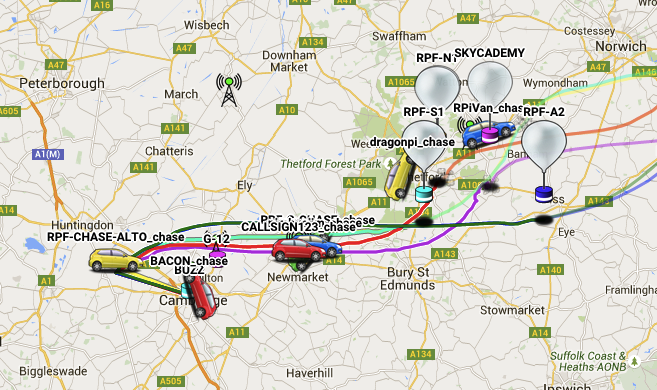
We received a whole host of amazing images from our flights as they rose to 33km
Giving our starting point of being concerned about whether launches would be possible, we were over the moon to launch all five payloads and recover…four.
Our penultimate payload, RPF-A2, was sadly under-filled with helium, which, whilst giving it a nice gentle climb to an impressive 32km, also extended its flight path out to sea. We’re hoping that one day it might be washed up on a beach and returned to us.
Nnnoooooooooo #skycademy pic.twitter.com/tXzN6v5bjD
— Helen Lynn (@helenlynn) August 25, 2015
RIP #TeamAlto #skycademy Lost at sea :(
Raiding a toast… pic.twitter.com/SZBXRBM07F— Steven Jenkinson (@stevenjenkinson) August 25, 2015
Our final day saw our teams tasked with evaluating their first launch and planning their next. Over the course of the next year we will be support and funding each teacher to carry out their own independent launch with young people back in their schools and clubs.
We were so impressed by their presentations, with ideas for student engagement, plans for testing, kite flights, collaborative launches and more.
Watching #skycademy presentations pic.twitter.com/UuyIhNFmnn
— Dave Akerman🎈 (@daveake) August 26, 2015
We are incredibly proud to have certified our first Skycademy cohort, and are excited to see what they accomplish over the next year.
I've passed #Skycademy !! Special thanks to @daveake @jrobinson_uk & all at @Raspberry_Pi for a brilliant HAB course. pic.twitter.com/b3KxbH95UI
— jonathanfurness (@jonathanfurness) August 26, 2015
If you want to find out more about our Skycademy CPD event, then you should check out the following:
- Visit Twitter and look back over our #skycademy hashtag
- Richard Hayler has written up a blog post about his experience
- Nic Hughes has also written about Skycademy in his blog
- You can hear all about it in a piece that the BBC’s The Naked Scientists recorded about the changing nature of science education.
Pycon UK Launches
A few weeks after our Skycademy event, the Raspberry Pi Education Team attended Pycon UK in Coventry, where we met up with lots of our Certified Educators and several of our Skycademy graduates. We’ve previously blogged about our Pycon activities, but it’s worth talking a little more about the flights we launched there.
On the kids’ day, a group of our Skycademy cohort launched an independent flight from the nearby National Space Centre (which is awesome, btw). They carried out their launch like seasoned pros, and chased down their balloon, recovering it a few hours later.
The following day, Marc and I launched the first Sense HAT on a HAB flight, again from the National Space Centre.
Good to see #PyConUk PyCon1 Balloon is up and away. @andybateypi Track it here http://t.co/vE6S78SCR4 #skycademy pic.twitter.com/m25WsuiGe7
— WeatherPi (@benbrpi) September 20, 2015
We had a couple of technical issues on the morning, which meant we struggled to receive data once our flight had taken off. However, the fantastic UKHAS community were on hand as usual to help out and ensure our balloon wasn’t lost. Our flight reached a whopping 36km; along with recorded data using all the Sense HAT sensors resulting in 200,000 lines of data, which I’m yet to analyse.
Thankfully our payload landed 20m from a little single track road, from where we were able to spot it – having narrowly avoided a parachuting centre and some wind turbines.
Done! #pyconuk #skycademy #pycon1 #ukhas pic.twitter.com/e4V2OE5sI5
— James Robinson (@LegoJames) September 20, 2015
School Launches
Since PyconUK we’re had our first two school launches both in the East Anglia area and on consecutive days. I’ll leave it to them to tell you more about their experience.
Bourne Grammar School – 9th October
On the 9th October, a group of budding computer scientists and systems and control engineers from Bourne Grammar School launched a helium balloon and payload 26km into the air in order to capture incredible images of the earth using a self-programmed Raspberry Pi hardware.
Systems Engineer Team Leader, Iyanu Abioye, told us, “It was our job was to create the housing for the payload which had the camera, the GPS and it would also have the parachute and balloon. The housing for the payload was a polystyrene box with a smaller one as a lid, to keep everything safe. On launch day, Sohayl Tobaria, Marco Lytle and Wojciech Marek held the balloon whilst it was being filled, added the cable ties and cut the balloon from the helium tank.
The computer science team, consisting of Andrew Ellingford, Jacob Wilson, Fabio Valerio and Josiah Gyamfi, had the job of programming two Raspberry Pi computers so that data could be sent and received from space. Andrew explains, “If this job had not have been done right, we would have lost all of our photos, data and the balloon itself. That would have been a rather expensive mistake, so, the pressure was on. At first the task seemed a bit daunting. None of us had much experience with some of the equipment like the LoRa board”, which enabled us to send and receive our data from space. However, working as a team and with the help of Mr Brown (Bourne Grammar School Assistant Headteacher and Digital Strategy & Director ICT), we found solutions to all our technological problems. Not only did we learn a lot about computing, we learnt how to use these skills as a team. In the end, it was great to watch the pictures come through online and track its position in real-time and we are proud to have contributed to this project.”
Students Alex Williams, Ben Rockliffe, Alex Wray and Luc Schoutsen were assigned as part of the chase team. It was their job to track the flight of the balloon using the GPS and radio technology on board. The chase team were then able to receive this data to learn the location, altitude, speed and temperature of the payload.
Back at school the flight analyst team, Holly Brown and Toby Pawlett were able to see the data from the balloon and see an extrapolated flight-plan which predicted where the balloon would eventually land. By calling the chase team on a regular basis, they were able to guide them to the final landing site of the balloon to help ensure a successful recovery.
Talking about the experienced, Holly told us, “We had to make sure the balloon would not land in the sea by making flight-path predictions in the weeks running up to the launch, which included where it would pop and were it would land. In the days leading up to the launch window, we had to double-check everything to ensure the flight went well and that the weather would be suitable too, without too much wind.
The project seems to have inspired the students. Holly Brown said, “We both thoroughly enjoyed the experience, and hope to participate in any future space missions that are run at school.” The computer science team added, “We are proud to have contributed to this project”. Systems Engineer, Iyanu Abioye told us, “I feel very privileged to have been able to be a part of this and I want to say a huge thanks to Mr Brown and Mr Scott (Head of Curriculum Development for The Raspberry Pi Foundation) for putting this together for us.”
Glebe House School – 10 October
Bill Robinson from the Glebe House School in Hunstanton has written an excellent post on their website which you can read here; it’s full of beautiful images and data that they gathered.
The year ahead
In the next ten months, expect to see a further 20+ launches taking place across the UK, led by educators and their students. If you want to get involved with our Skycademy activities there are several ways you can do so:
- Follow our launches by checking our #skycademy hashtag and looking out for news about flights. During flights you can track using the habhub tracker
- Help track our flights. If you’re in (or near) the UK you ought to be able to help receive data from payloads during and help keep tabs on them. To do this you’ll need some kit to build a what’s called “lora gateway”
- A Raspberry Pi & SD card
- A Lora Board
- A suitable aerial
- All of the above can be found at the HAB Supplies website, and a guide to setting up your gateway can be found here.
- One of the challenges of launching a HAB flight is finding a suitable location which isn’t too near major airports, has some open space, has easy access and permission from the owner. If you think you might have a suitable site from which to launch, please get in touch.
Finally, getting Skycademy off the ground has been hard work, but a fantastic experience, and I’d like to say a huge thank you to all those individuals and organisations who’ve had a hand in getting us where we are.

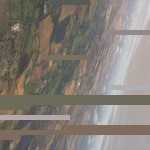
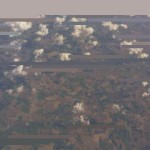
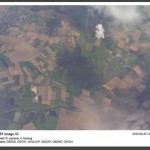

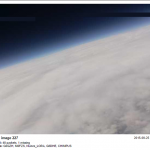

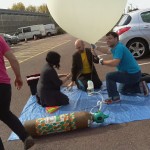
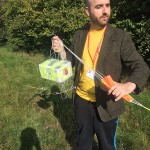
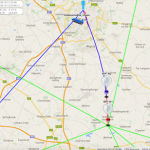
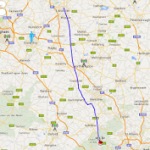
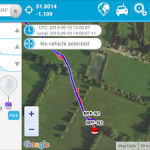

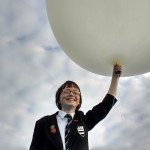
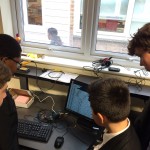
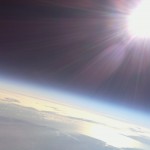
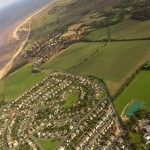
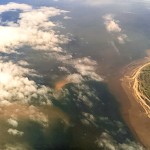
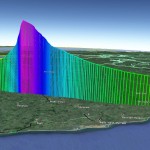
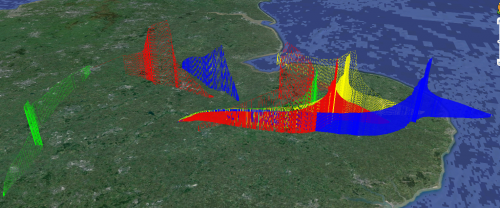
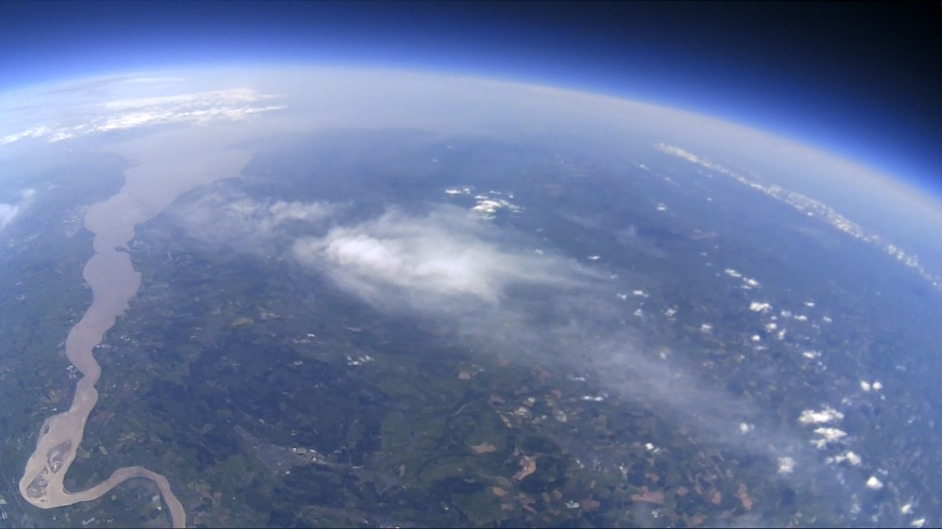
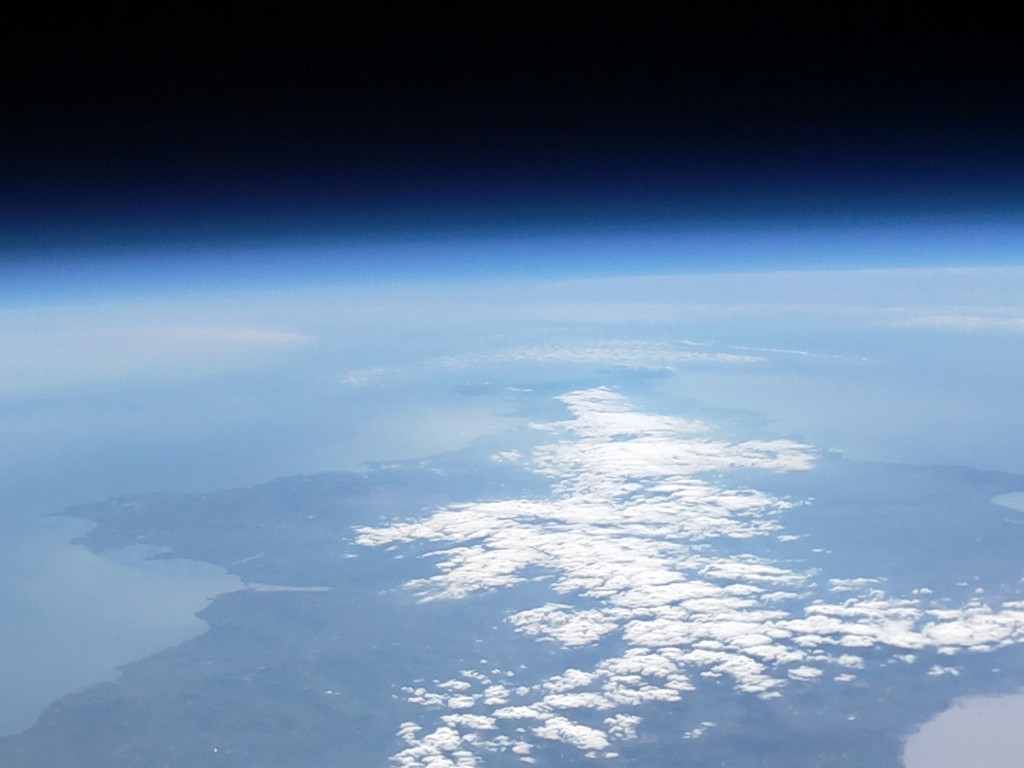
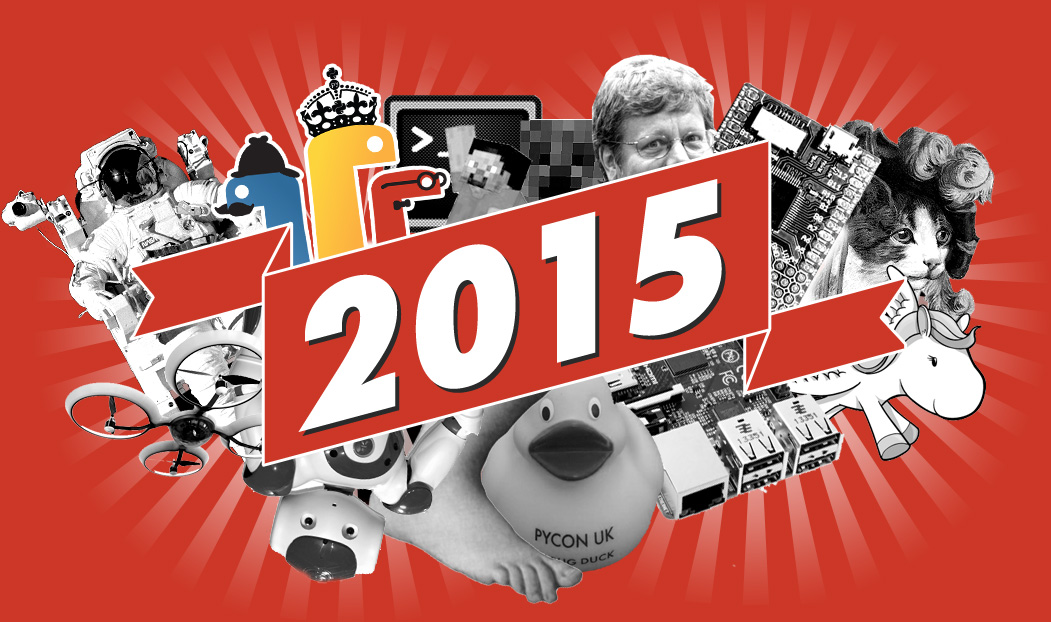
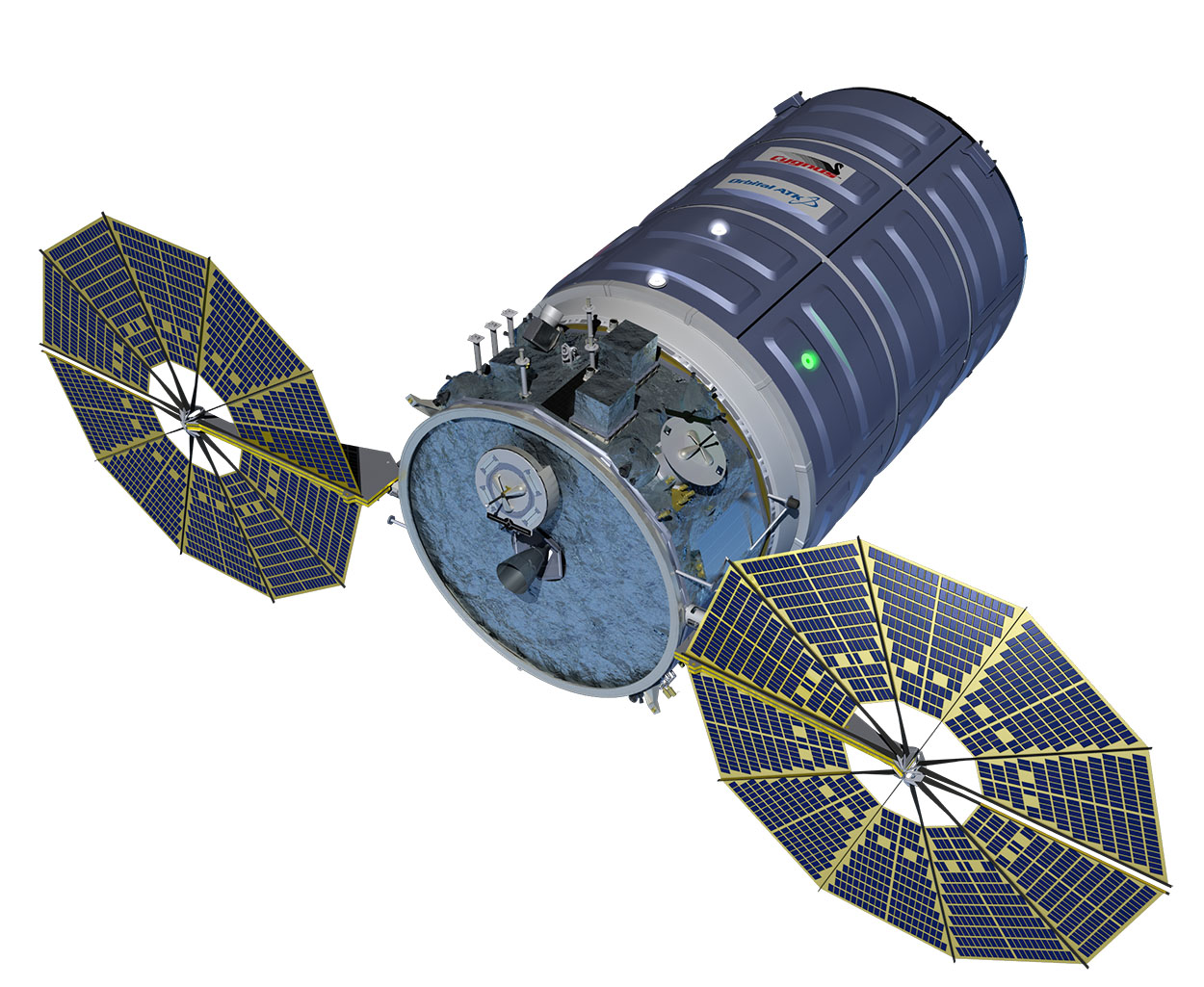
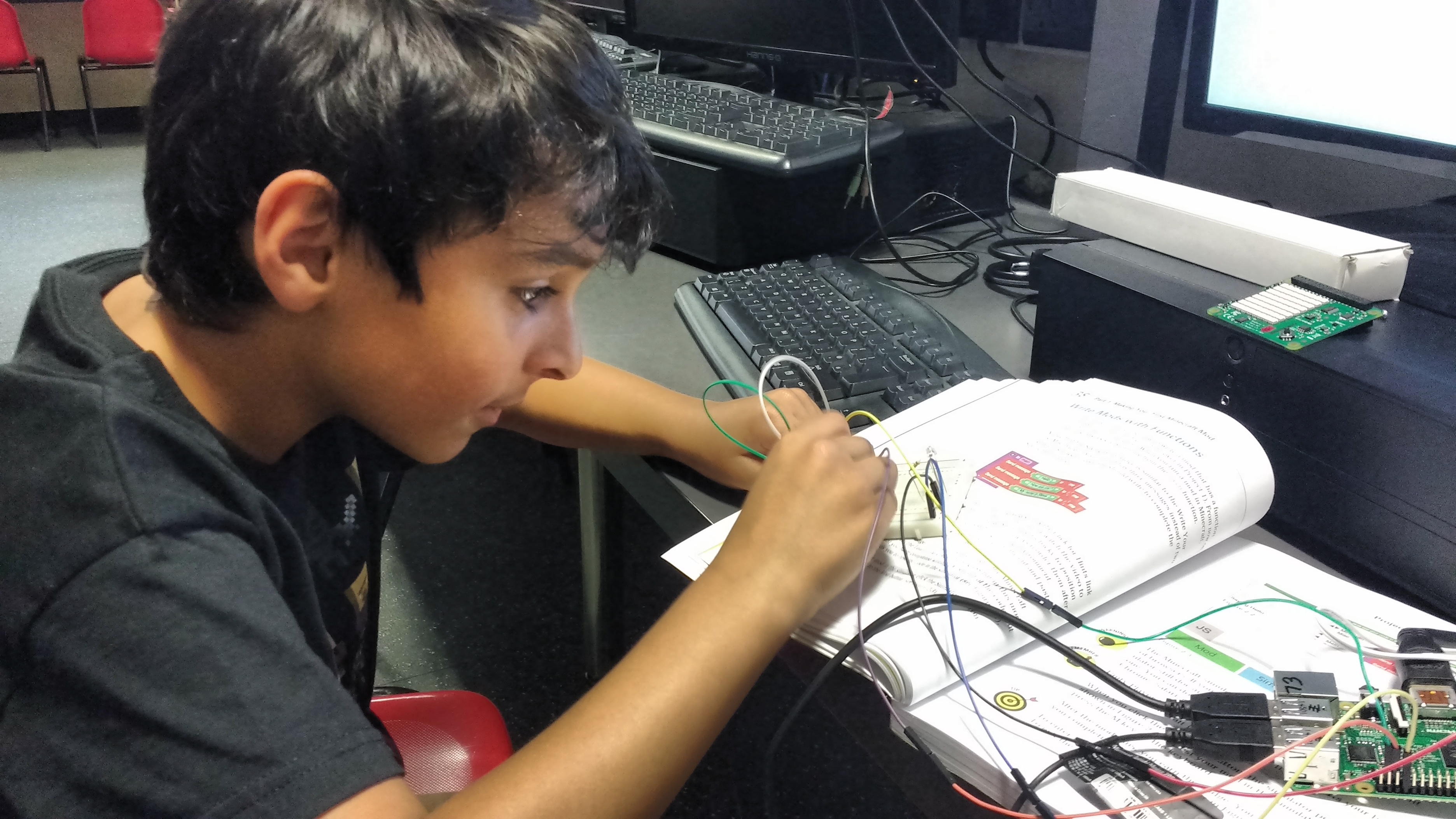
8 comments
Richard Lobo
Oh Yeah!
Hans
Could RPF-A2 reach Holland ? .. I just checked my backyard :-) It’s not there …
Dave Akerman
It’s certainly possible that it’s currently on a Dutch beach somewhere; someone else “landed” a balloon in a similar position in the North Sea, and that was found a few weeks later – http://eggsplorer1.co.uk/
Dave
Joy
This is so awesome. Exactly the most perfect thing to inspire kids and enthuse them about STEM.
Martin O’Hanlon
Well done James. Fantastic achievement…
Jim
and you could look for it with one of these
https://www.indiegogo.com/projects/pikon-3d-printed-telescope
Ted
Dave, James,
I am not in UK but I would like to start this project in my country. Can I learn from both of you?
Jim Manley
DITTO! It’s not clear if everything is in one (wind ;) sock, but a forensic analysis of the evidence suggests most, if not all, of the pieces to the puzzle are Out There. I’m hoping that the Foundation education folks are organizing it into a single sock to further lower the barrier to already-harried teachers who are constantly battling to get even enough pence just for the most mundane supplies. One school I taught at gave each teacher 1,000 pieces of copier paper a month for their average of about 200 students – for those here still working on their math(s) skills, that’s five (5) pieces of paper per student per month for all of their handouts, quizzes, tests, exams, etc., or about one piece of paper per week.
That was our entire discretionary budget – I guess that’s all that was left after administrators got their quarter of a million bucks cut per year each, on average, while I, as a new, non-tenured STEM teacher, was effectively making less than minimum wage. That’s due to all of the time I had to spend grading homework, preparing completely new curriculum material for six different STEM courses never offered before, parent-teacher nights, after-school STEM fairs, extra instruction after school, faculty meetings, unpaid professional development, weekend robotics team competitions, etc., and double all of that extracurricular time because I was teaching at two schools on alternating days between sites, and events were on different days/nights for each school.
Anyway, congrats to the Skycademy teams, and perhaps the RN, coast patrols and maritime communities can be alerted to future operations so that they can be on the lookout for wayward balloons carrying Pii and other goodies out to the crews of fishing fleets, petroleum exploration and production rigs, et al ;)